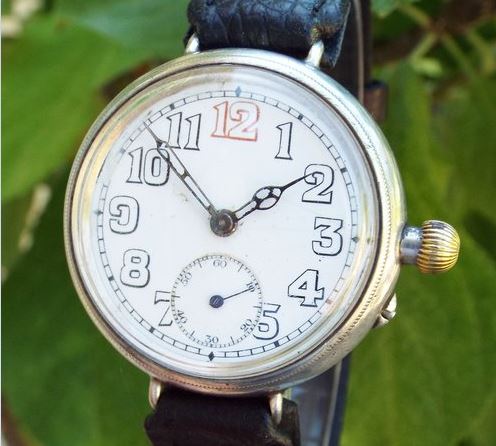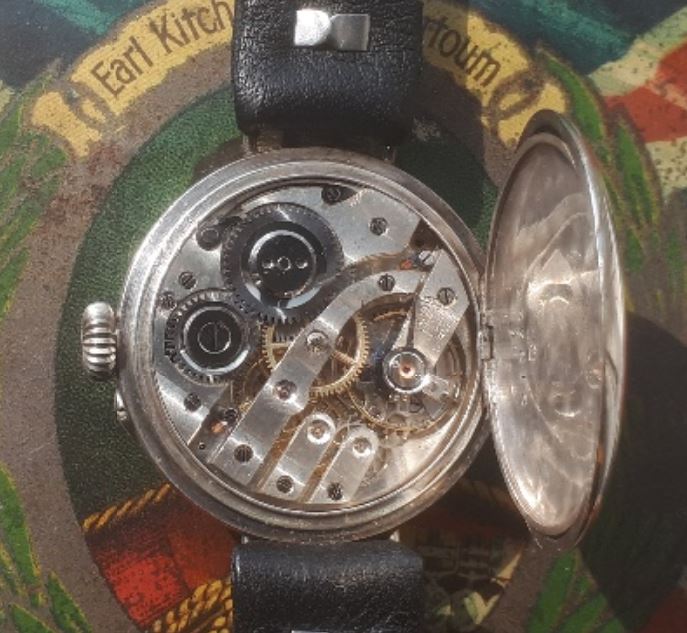Fabrique d’Horlogerie de Fontainemelon (FHF) was a Swiss watch movement manufacturer. They specialised in producing ébauche movements. These were basic movements that could be purchased by a watchmaker from an external manufacturer, assembled and branded. FHF became part of Ebauches SA in 1926 and then became part of the ETA group in 1985.
Ébauche
In watchmaking, ébauche is the general term for the basic movement of a watch, such as the movement plates and bridges, and the mainspring barrel. The word ébauche is borrowed from the art world, where it refers to the preliminary sketch over which a finished painting is done. FHF produced a huge range of movements for wrist and pocket watches. In, addition, these movements were of good quality, most had 15 or more jewels.

History
Historically, watchmaking was a cottage industry consisting of a range of specialists. One cottage would produce the springs, another the plates and yet another the wheels and so on. It was the watchmaker’s job to collect these pieces and combine them into the finished product. In 1793 FHF was founded by Isaac and David Benguerel together with Julien and Francois Humbert-Droz. They were based in Fontainemelon initially under the name “Benguerel & Humbert”. Their business model was to produce entire blank movements, known as ébauches, in a single factory. As a result, FHF is recognised as the oldest ébauche movement manufacturer in the world. In 1816, FHF started industrial production of watch movements in its first purpose-built factory. This move would prove to be the foundation for ETA, the largest movement manufacturer in the modern world.
Expansion
FHF expanded throughout the 19th century, purchasing a factory in Corgémont in 1838. It was powered by hydraulic energy from the River Suze. Additionally, they introduced steam power in 1862. By 1876, FHF was producing nearly 250,000 ébauches per annum with around 400 employees. In 1900, Paul Robert modernised an FHF workshop with American machinery. As a result, the quality of FHF watches improved up to the standard of mechanised American factories. FHF merged with Landeron in 1925 and became a founding member of Ebauches SA in 1926.
Modern history
In the 1950s, FHF was relegated to the production of watch movements for Ebauches SA. They introduced a low-priced mechanical option which became the “standard” grade in 1955. However, it was precluded from advanced developments.
In 1979, FHF introduced the mini-quartz, the world’s smallest movement. However, by 1982, the quartz crisis forced Ebauches SA to reconsider the business model of its movement manufacturers. The focus was moved from FHF, and as a result, the company was effectively acquired into ETA in 1985.
Related content
Watch Wiki – FHF entry.
Read about other Manufacturers and Makers.
